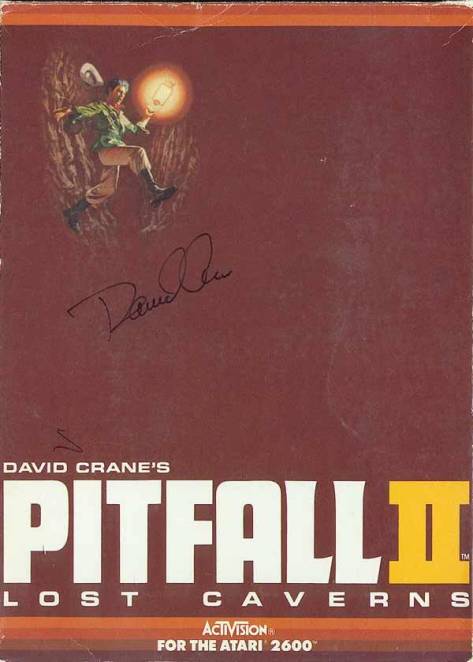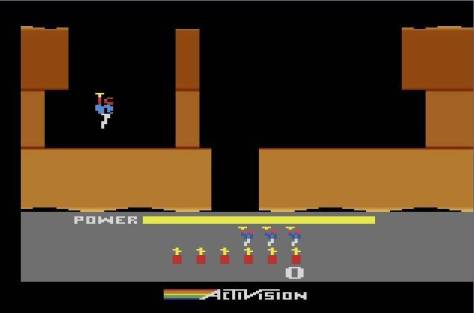
Here it is – my final article about Activision Anthology. After 41 straight days of articles and 44 games covered, I’m fixing to discuss the final two games on this magnificent compilation. These are unlike anything else on the collection as they were originally unreleased.
First up is Kabobber, a game discovered in 2000. I’m not sure of the story behind its discovery, but it was cleaned up before being released to the internet. In fact, much credit is presumably due to Dave Giarrusso, the man responsible for the manual. It can be found here, at AtariAge. The game was designed by Rex Bradford and is a weird action game.

Players control a small squad of Buvskies and progress down a grid, growing their squad and avoiding or destroying enemies in the hopes of reaching the Princess Buvsky before she exits the stage. The controls were very precise which allowed for no uncertainty when playing, but the overall game lacked polish. This is understandable as it was unreleased, but even as is, I didn’t find a sweet enough set of mechanics or rewards to enjoy it for long periods of time.

Next up is Thwocker. This game’s rediscovery is so cool. Imagine shopping at a local thrift store and stumbling upon an unassuming Atari 2600 with a stock red label on it. Being the video game enthusiast you are, you pick it up anyways because it’s a pittance and it might be a game you don’t have. For AtariAge’s d8thstar, it was more than just another game; it was an unreleased prototype that had been floating around for twenty odd years.
Like Kabobber, Thwocker is an interesting action game that, unsurprisingly, isn’t all there. Controlling a little composer, players bounce around stages trying to pick up musical notes in the correct order. This composer is made of flubber though and controlling him is easier said than done. I found it to be a little frustrating. The game looked advanced compared to many of its contemporaries, but overall, it was a little flat.

If 10,000 points are scored while playing Kabobber in Activision Anthology, a commercial will be unlocked. This commercial is a montage of some early Activision titles that features truly amazing transitions of pixilated characters into the real life counterparts that games are replicating.
If you’ve been reading along with every article or even just a few, I’m truly appreciative. Also, thanks to those who liked my articles. I’m grateful for that outreach and the community we can create on WordPress with our likeminded blogs. I’ve had fun keeping my schedule of an article a day and look forward to a similar challenge. Perhaps more importantly though, I’ve had fun discovering Activision’s early catalog of video games. The majority of these are undisputable classics. Thank you!



















